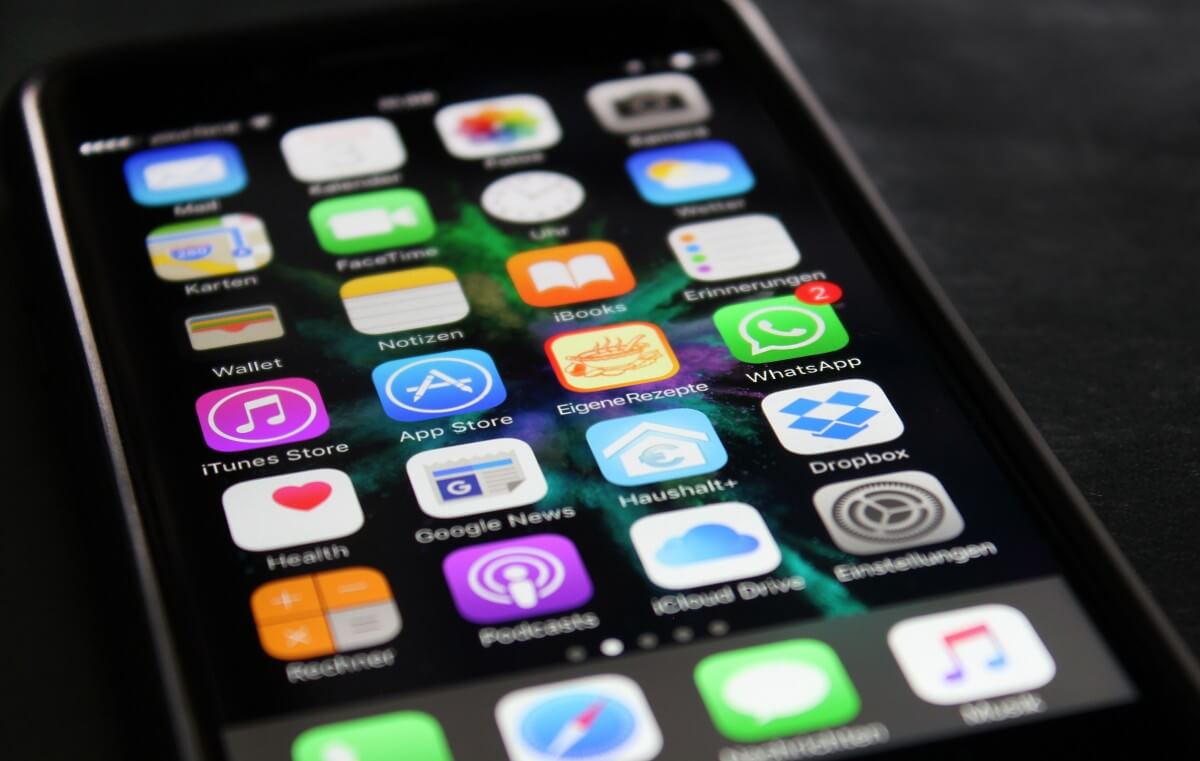In 2016, the Arab Monetary Fund (AMF) and the Council of Arab Central Banks adopted April 27 as the Arab Financial Inclusion Day. While financial inclusion has become a key policy objective for the Egyptian government and the Central Bank of Egypt (CBE), fintech solutions and startups have been gaining momentum.
In light of that, looking at how countries worldwide are applying fintech solutions in their banking systems and services could prove beneficial and worthy of note-taking.
An example of such applications is Absa Group’s WhatsApp Banking service in South Africa. Yes, just as it sounds, the bank enables its customers to complete transactions via chatting with its WhatsApp chatbot, with no human interaction in the process.
The service was taken from concept to launch in four months. “It is a dynamic product that totally changes the landscape of traditional banking,” head of Service Engineering at Absa Kershnee Ballack tells Business Forward.
How it works
To use the service, the customer has to register with the bank and add “WhatsApp Banking” as a contact on their phone. By opening a chat-window with the bank on WhatsApp, the customer can fulfill basic transaction services, such as moving money between their own accounts, paying a beneficiary, sending small amounts of money to domestic workers etc.
The service also supports CashSend transactions, with which one can transfer money via mobile or internet banking to people who do not have bank accounts. This money can then be collected from any Absa ATM without a card or bank account.
Why WhatsApp?
While the tools and platforms for instant messaging are increasing in number, Absa Group decided to integrate its service with WhatsApp.
“We specifically looked at the younger segments – people in high school, at universities, starting off their careers. They were using WhatsApp more than anything else,” Ballack reveals. “Back then, we even looked into using Facebook as a platform for our service, which was also very popular amongst that segment. However, now that Facebook has fallen behind, Instagram, Twitter and Snapchat have become more predominant.”
Throughout the research, the bank realized that WhatsApp was the most consistently used app across the targeted user segment. It combined the convenience of instant messaging and the users’ familiarity with the app’s functionality and capability.
“In a world where time is of the essence, the ease of use and the speed transforms how banking is taking place,” she says.
How secure is it and how does the verification work?
From the security perspective, WhatsApp has an end-to-end encryption component. End-to-end encryption ensures that only the sender and the receiver of a message, document, media or data can view the respective items – not even WhatsApp can see them. Each message has its “unique lock and key”, as WhatsApp calls it. The encryption and decryption happens on each person’s device.
“Before a message ever leaves your device, it is secured with a cryptographic lock, and only the recipient has the keys. In addition, the keys change with every single message that is sent,” WhatsApp writes in the FAQ section on its website. “We completed the implementation of end-to-end encryption in 2016 for all messaging and calling on WhatsApp so that no one, not even us, has access to the content of your conversations.”
However, encryption is not enough. The verification process of using the service requires a simple fingerprint biometric authentication.
Why did people trust the service?
“We launched WhatsApp Banking with the security upfront – hence, making people aware that this is a secure platform, approved by our regulators as well,” Ballack says.
The bank was transparent about its developing and testing process. “We had implemented a number of use cases and none of them has been penetrated,” according to Ballack.
A use case is a methodology that is utilized to identify and organize system requirements in an analytical manner. It is made up of a set of actions or possible sequence of interactions between a system and a user, and ensures that the product runs smoothly.
“The fact that our numbers and use cases did not show any penetration by other parties, in addition to the number of users’ uptake of the product – that is the message we pushed into the market,” she elaborates.
How did the regulators react?
In order to get the local regulators on board, “we took them on the journey with us.”
While the regulating bodies in South Africa were skeptical at first, Absa went through their list of controls with them. The regulators were involved from the very beginning on what was going to be done and how.
“As long as the control measures were met, there should not be any issues,” Ballack concludes.









